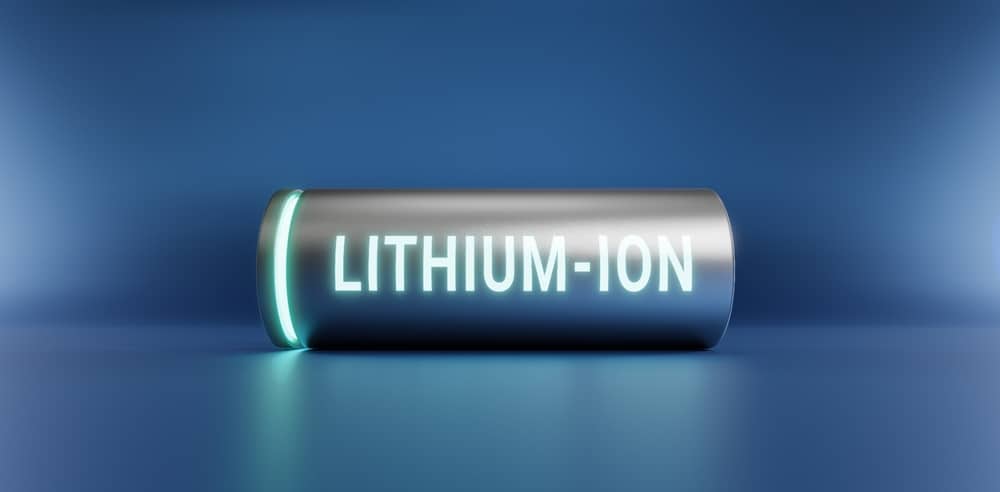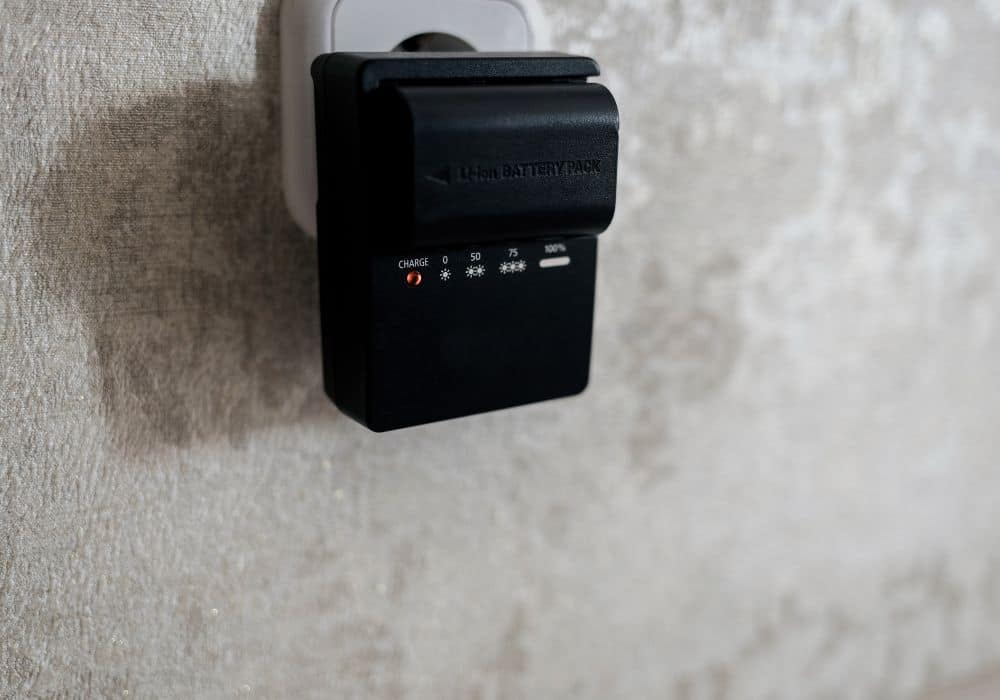Lithium-ion batteries are becoming increasingly popular in a variety of electronic devices, from cell phones to laptop computers.
These batteries have a number of advantages over traditional lead-acid or nickel-cadmium batteries, including lighter weight, higher energy density, and no memory effect.
However, lithium-ion batteries also have one major disadvantage: they require a specialized charger.
Unlike lead-acid or nickel-cadmium batteries, which can be charged with a simple AC adapter, lithium-ion batteries must be charged with a charger specifically designed for them.
If you find yourself without a charger for your lithium-ion battery, don’t panic, as there are other options at your disposal.
There are a few ways you can charge a lithium-ion battery without a charger.
However, before we go into that, it’s important to understand how these batteries work and how careful you need to be when charging your lithium-ion battery.
Table of Contents
- Why Does Lithium-Ion Battery Charge Vary?
- Can You Charge a Lithium Battery with a Regular Charger?
- What is the Difference Between a NiCad Battery Charger and a Lithium-Ion Battery Charger?
- How To Charge a Lithium-Ion Battery Without a Charger?
- Is It Ok to Leave Lithium-ion Batteries on The Charger?
- How To Safely Position Your Lithium-Ion Battery When Charging
- Concluding Thoughts
Why Does Lithium-Ion Battery Charge Vary?
Different lithium-ion batteries have different charge voltages. The rule of thumb is that the higher the voltage, the faster the battery will charge. However, there are also other factors that can affect how quickly a battery charges, such as the type of battery, the quality of the charger, and even the weather.
That said, it’s generally safe to assume that a higher-voltage charger will charge your lithium-ion battery faster than a lower-voltage charger. Of course, you’ll want to consult your battery’s documentation to be sure – some batteries may not be compatible with high-voltage chargers.
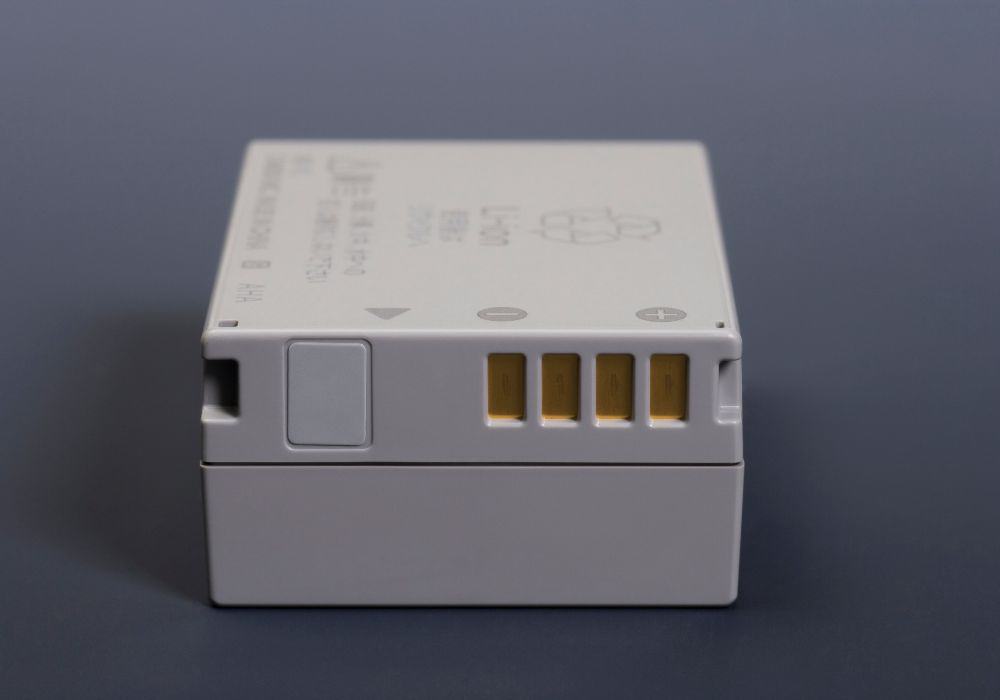
Can You Charge a Lithium Battery with a Regular Charger?
Yes! If your regular charger (which is a lead-acid charger) has a maximum voltage setting and does not have an automatic equalization mode active, you can use it to charge lithium batteries.
In the end, the most effective method for maximizing the performance and lifespan of any lithium battery is to use a battery charger with a specific lithium charge algorithm.
What is the Difference Between a NiCad Battery Charger and a Lithium-Ion Battery Charger?
Chargers for Nickel Cadmium batteries or cells and chargers for Lithium-Ion batteries are different in the following ways:
- The voltages of the cells are significantly different; LiIon is 3.7 volts, whereas NiCads is 1.2 volts.
- Between the two technologies, there are also differences in charging currents.
- Due to the higher risk of fire with malfunctioning or overcharged Li-ion cells, lithium-ion battery chargers typically include a more sophisticated current-limiting circuit than NiCad chargers.
How To Charge a Lithium-Ion Battery Without a Charger?
You may not want to resort to charging your battery without a charger but what happens when you are in an emergency situation or are camping in a remote area without access to a charger?
The good news is that there are ways to recharge your lithium-ion batteries without chargers. This may sound like an impossible feat, but it is possible!
Here is a compilation of ways to charge a li-ion battery without a charger.
1. Use a USB Port
If you are using a USB port, you first need to make sure that the port is outputting at least 2 amps.
If it is, you can connect the USB end to any USB-capable device, such as your PC, desktop computer, camera, power bank, printer, or other electronic devices.
Connect the positive and negative wires from the USB cable to the corresponding posts on the battery.
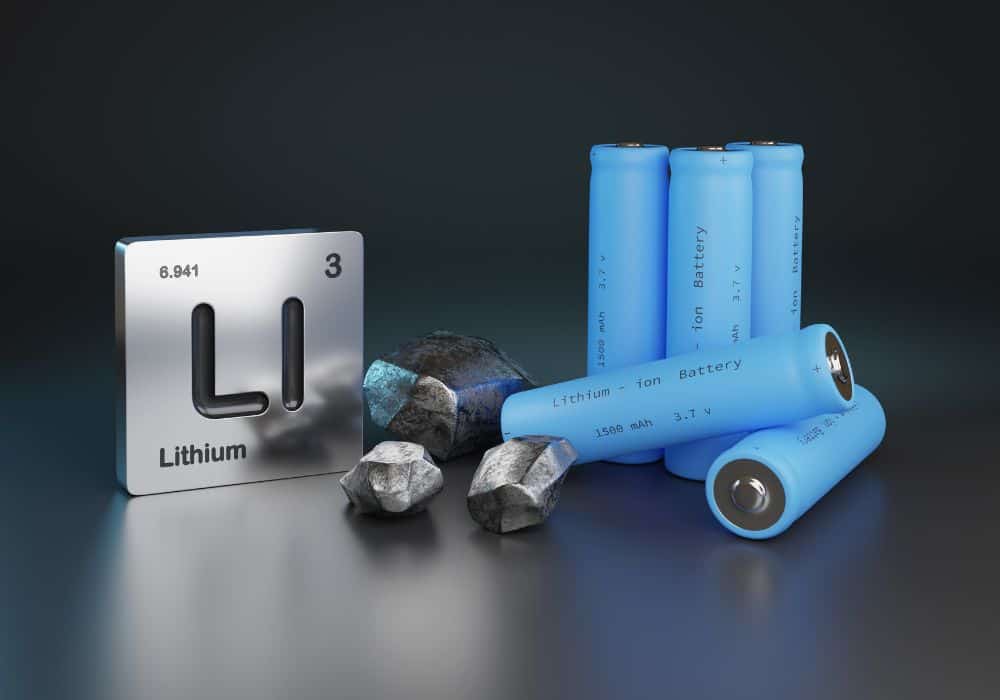
2. Solar Panel-Powered Battery Charging
A great source of DC power supply is solar panels, so if you are using a solar panel, connect the positive and negative leads from the panel to the corresponding posts on the battery.
However, due to the sun’s direction and warmth change, the output voltage usually fluctuates, making it unstable most times.
But you can control this by making sure the solar panel is receiving direct sunlight.
Also, it is highly recommended that you connect a charger controller to the solar charging system before using it to charge your battery.
If you don’t have a charger controller, look out for a rating of 12 volts on the solar panel so as to reduce its output voltage from 17 volts to 13 or15 volts. (Be sure to unplug your battery once it starts becoming too hot).
Once you have connected either your USB cable or solar panel, wait for the indicator light on the battery to turn green. This means that it is fully charged and ready for use.
3. Charging from an AC Adapter
If your device has an AC adapter, you can use it to charge your lithium-ion battery without a charger. Just make sure to change the voltage limits on the adapter before plugging it into your device.
Most AC adapters are rated for 100-240 VAC, so you’ll need to find one that’s compatible with the voltage in your country.
To change the voltage setting on your adapter, locate the switch or knob near the output port and set it to the appropriate setting. Once you’ve done that, simply plug the adapter into your device and let it charge.
4. Use the Metal Contacts on your Terminals and on the inside wall of your Battery Case
If your phone or laptop is running low on battery power, you may be able to give it a boost by cleaning the metal contacts on the positive and negative terminals of the battery and inside the battery case. This simple procedure can help to ensure that your device is able to make a good connection with the battery, allowing it to charge more effectively.
To clean the contacts, start by using a cotton swab or soft cloth to wipe away any dirt or debris that may be present. If there is any built-up corrosion on the battery terminals, you can gently remove it with a toothbrush or similar tool. Once the contacts are clean, reconnect your device and try charging it again.
5. Charging with a Car Battery
If you are driving a car, you have another practical choice. Another common way to charge a lithium-ion battery without a charger is to charge it with your car battery.
Your car’s battery can be used to quickly charge your battery. By attaching the battery to your car’s lead-acid battery, you can easily charge it without any difficulty
However, such a sophisticated charging method requires using tiny light bulbs to control the current flow.
As a pro tip, if your car has a 13-volt lead-acid battery and you want to charge a 6-volt camera battery, use three little light bulbs connected in parallel.
Is It Ok to Leave Lithium-ion Batteries on The Charger?
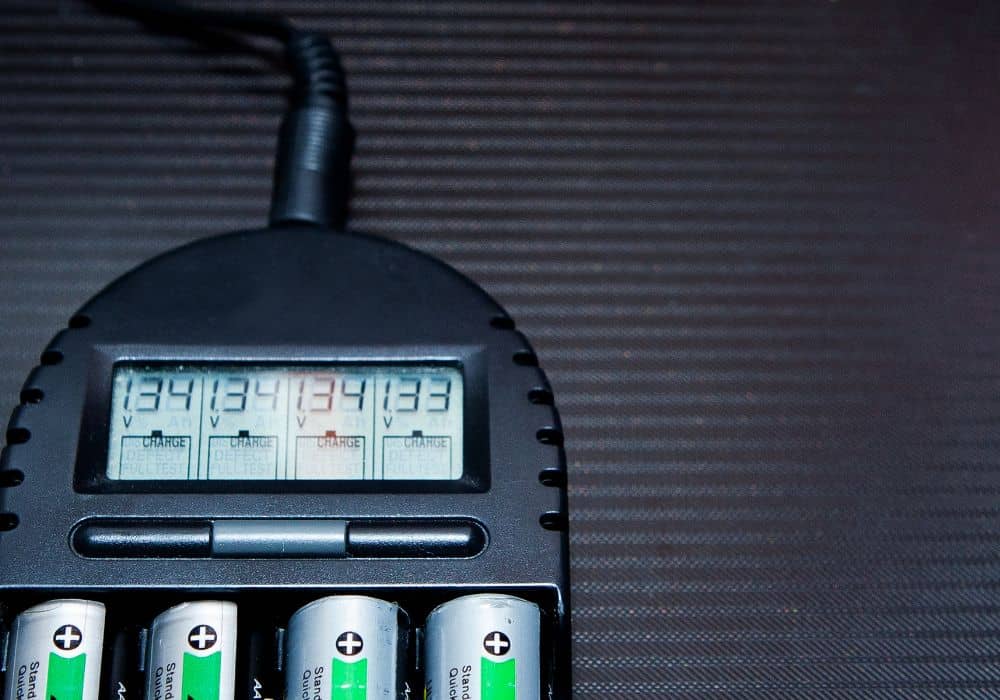
No! The quick answer is that leaving your lithium-ion battery plugged in is not a good idea as it can cause more damage than good.
Although, there is a safety circuit in place to guard against overcharging and explosions of the battery, the electronics within will age more quickly if you keep it plugged in for a long time, thereby shortening its lifespan.
Thus, it is advised that you do not keep your battery plugged in once you have fully charged your battery.
Also, you may need to discharge your battery to its cutoff point and then recharge it to 100% once a month or once per 30 discharge cycles, so your battery can be recalibrated throughout this procedure, extending its life.
How To Safely Position Your Lithium-Ion Battery When Charging
When charging a lithium-ion battery, it is important to take care to position the battery correctly in order to avoid any potential safety hazards. Here are some tips on how to safely position your laptop battery when charging:
- Charge the battery in a well-ventilated area. Avoid exposing the battery to extreme heat or cold,
- Do not charge the battery on a soft surface, such as a bed or sofa, as this can increase the risk of fire hazards if the battery overheats.
- Position the laptop so that the ventilation holes are not blocked while charging.
- Ensure you monitor the charging process, as overcharging a lithium-ion battery can cause fire hazards or explosions!
- Be sure to unplug the charger from the power outlet and laptop once the charging process is complete.
Concluding Thoughts
Charging a Lithium-Ion battery without the charger can be a hassle, but definitely not impossible. There are many ways to recharge your lithium-ion battery without the charger. You just need to follow the steps mentioned in this article and you can keep your devices powered up even when there’s no outlet to be found.
There‘s no point fretting about your battery running out of charge if you carefully implement the procedures listed above.
You can also use this technique to recharge your laptop battery, smartphone, or any other device that uses lithium-ion batteries (whichever is applicable).
